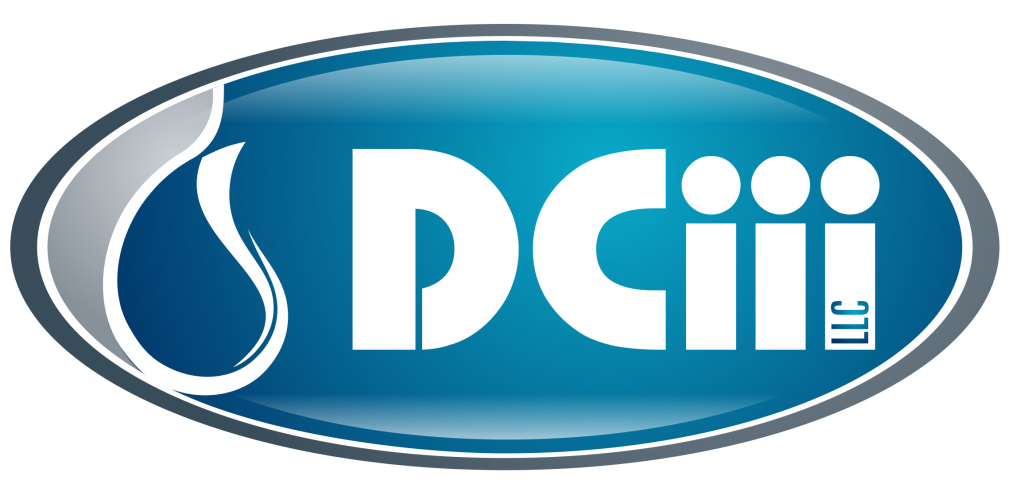Chemical programs associated with ESP, PCP and Rod lifted wells are often overshadowed by drilling programs and higher producing wells. However, the shear volume of these wells across the world adds up to a substantial amount of production that is vital to the global economy. These wells often experience higher failure rates due to the mechanical wear of these lift systems and inadequate chemical programs.
Shortages in available workforce to properly truck treat this vast number of wells has created a vast number of wells that are continually at risk for failure. DC3 believes automation with verification of chemical pump performance combined with actuator controlled flush provided by the well can deliver more barrels at a reduced failure rate over conventional treatment methods.
Challenges of Truck Treating: The Upstream Chemical Industry Loss Leader
Truck treating oil and gas wells is the most convenient and unreliable chemical treatment method deployed in oil & gas operations. While a necessary service capability, truck treating is used as an easy button to avoid chemical injection capital expense and adding more tanks and pumps to existing routes. Truck treatment should be considered an exception, not the rule when designing a program for ALS chemical programs.
Also problematic is the fact that chemistries are stretched beyond their functional limits of film persistency leaving wells in a cycle of being unprotected for days or weeks before a new batch is performed; assuming a truck is available to perform the job. This increases under-deposit corrosion and pitting attack from uninhibited rod & pipe surfaces. Not all chemistries work best applied by truck batch and frequency is often driven from economics, not best practices.
Continuous Injection Challenges:
Continuous injection has proven to be successful in all ends of the earth. What has been a challenge is the flush component required in most rod lift/ESP systems. The flush is critical to delivering the product to the bottom of the wellbore. High gas flow rates are a barrier to flush and capillary tube systems are deployed eliminating the flush component. When a capillary system is not used, the most common method is slip-stream or side-stream flush. Nearly all rod lift wells are candidates for slip-stream.
Historically, slip-stream created operational headaches due to the lack of control operators and chemical service providers available. Common practice is to pinch a valve closed where “just a little bit” sneaks by. Other solutions are small orifice holes to regulate the flow of flush, but often plug off with solids or paraffin. These unreliable methods often create unpredictable production.
Today’s unconventional wells are more prone to gas interference with the downhole pump equipment than their heritage vertical counterparts that usually produce less gas and often more water. Operators combat these production challenges but shutting off the flush and inadvertently shutting off the chemical from where it needs to go. Often, they switch to truck treatments. With either scenario their failure rates increase, and marginal wells become uneconomical quickly.
Key Benefits of Implementing A Flush Control System:
- Reduce Circulated Production: Define a custom flush interval schedule and control the amount of time each day you circulate fluids down the annulus by opening the electric actuated flush valve.
- Minimize Gas Interference: By controlling valve open time down to seconds, you can minimize gas interference.
- Maximize Chemical Delivery: You no longer define your treatment to the availability of a truck; you can treat continuously and use your product more effectively.
- Reduce Failure Rates: By monitoring the chemical pump performance, adjusting the pump to deliver what you want and controlling the flush, you will have a high performing chemical program that will reduce failure rates across your field.
By implementing automation on your wells you can take control of your treatment programs. Minimizing truck treatments will decrease LOE, HSE risk and enable your fields to produce more oil and gas. Contact DC3 for an evaluation of your treatment programs and how implementing flush control systems and chemical pump automation can deliver value for the life of your assets.
